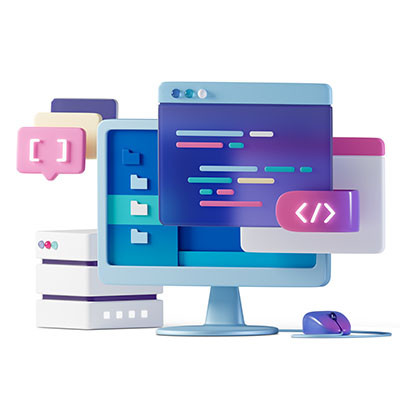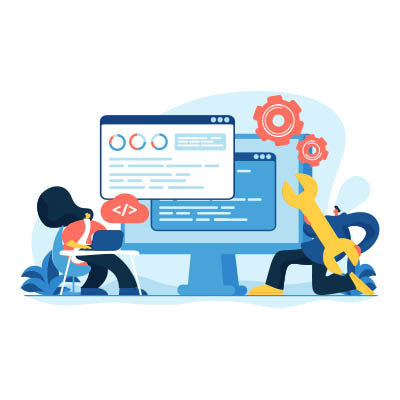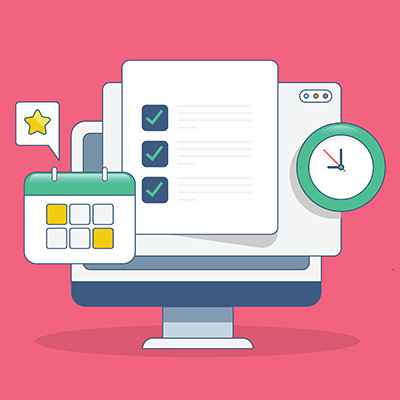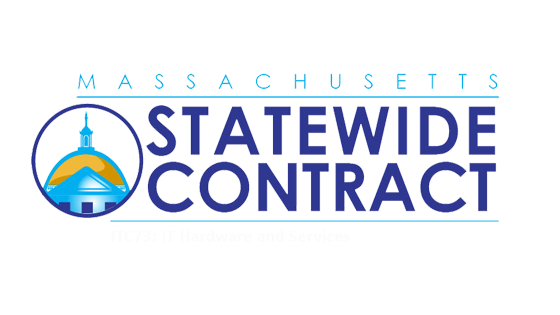You should never trust an app by default, as evidenced by a list of 15 applications which McAfee has identified as “predatory loan apps” on the Google Play Store. There are efforts in motion to remove them from the platform, but that doesn’t make them any less dangerous–especially if you’ve already downloaded them. Today, we’re highlighting the issues with SpyLoan apps.
BNMC Blog
Every business has a choice to make in the productivity software they use. Some options offer cloud connectivity and robust collaboration, but might cost more than small business owners want to pay; while others are affordable, but may not have the integrated options of their more expensive counterparts. In this week’s blog we will go through six aspects of modern productivity software.
The past two decades have witnessed a remarkable transformation in how we interact with technology. The internet has evolved from dial-up to broadband, and cellular networks have made computing accessible to billions through smartphones. These pocket-sized devices have revolutionized communication, business practices, and our daily lives.
The small business is often put in positions where they just need to adapt and deal with the myriad of issues that pop up. A small business owner needs to wear a lot of hats. Bookkeeper, janitor, HR, and sometimes the boss. With 95% of the small businesses operating in the U.S. today using some form of computing to run their business, it’s important that the small business owners know about some of the latest technology they could be using to make their job(s) easier.
Managing a business requires skill, but it also requires knowledge of what to do and how to act in certain situations. Failing to have the appropriate strategy for the appropriate time could lead to poor decision-making, or worse. Today, we want to explore some of the important things a business owner should remember as they relate to your software strategy.
The fact is that not a lot of people would describe technology as “fun,” especially in business. If you were to poll the average person about the technology they use while doing business, they would have fewer superlatives than complaints. However, do you know what is “fun?” Making more money, and technology can definitely help with that. Let’s look at some of the common technologies that are assisting businesses in improving.
While you’re reflecting over the past year of business, it’s time to also consider what your future will consist of from an operational perspective. By reducing the organizational clutter on your network, you might find that you’re paying for and hosting a lot of applications that are completely unnecessary—something that needlessly strains your bottom line.
PowerPoint has made a significant impact on the world, so much to the point of being synonymous with presentations. It’s the premier presentation software first introduced by Microsoft, and with countless cool features to explore, we’re confident that you can find a lot of use for this software. Today, we want to share some of our favorite lesser-known features to help you get more out of your presentations.
Businesses that provide a service rather than a physical product will know all too well how often they require specific software solutions to manage operations. They also use these tools to provide excellent customer service and support. Let’s go over some of the most common and helpful software that a service business might implement.
Excel can be a remarkably powerful tool when it’s leveraged correctly, giving you the power to manage your spreadsheets and data in ways you could only dream of otherwise. Like many other solutions out there, you have numerous shortcuts at your disposal which you can utilize to get more value out of it. Today, we want to share how you can get the sum of the values in a single column.
Business has changed, and so too has the technology we use to fuel it. Businesses are utilizing mobile devices to get even more work done both in and out of the office, and as such, it’s a bit difficult to disconnect work life from real life. Let’s look at how mobility has changed the conversation about work and how that perspective has changed over time.
One of the most underrated tools your business can implement to facilitate day-to-day productivity is, well, a productivity suite. If this is a term you haven’t heard before, you can think of it as an overarching term for solutions like the Microsoft Office products or Google Workspace apps. Basically, it’s all of your necessary productivity tools in one location, and having one can be an incredibly valuable investment for your business.
Your business runs on software, whether it’s hosted on your office’s internal network or in the cloud. However, it turns out that there are several benefits to considering the cloud-based model using cloud-hosted Software-as-a-Service (SaaS) offerings. Your organization can enjoy enhanced accessibility, scalability, and easier maintenance and updates through the use of a SaaS model.
What’s your favorite website, or the one you use most frequently? You can set this website as your Homepage to quickly access it using the Home button in the Google Chrome window. You could also just use a bookmark, but rather than sifting through your list of bookmarks, the Home button makes it quick and efficient to click on.
Imagine this scenario: you have just purchased a new computer, and you boot it up all excited to get right into setting it up, only to find that it is extremely slow and bogged down by all kinds of applications you didn’t know were pre-installed on it. This type of unwanted software can be a problem, especially for businesses when they want to get their new technology up and running as soon as possible.
When it comes time to update your technology, you’ll want to do so with a clear intention to optimize your operations. Some businesses still rely on legacy systems that are far from ideal and have long since grown outdated. Moving away from a solution that you have invested so much time into, however, can be a daunting task–especially if you don’t have technical expertise to call on.





















